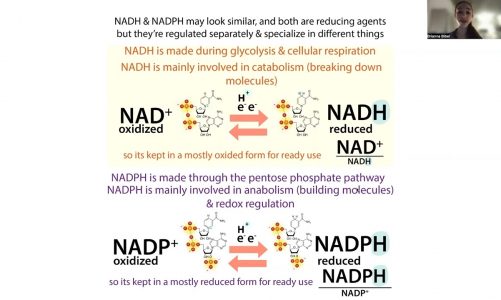Structure of Mitochondria
In Journey into the Cell, we looked at the structure of the two major types of cells: prokaryotic and eukaryotic cells. Now we turn our attention to the “power houses” of a eukaryotic cell, the mitochondria.
Mitochondria are the cell’s power producers. They convert energy into forms that are usable by the cell. Located in the cytoplasm, they are the sites of cellular respiration which ultimately generates fuel for the cell’s activities. Mitochondria are also involved in other cell processes such as cell division and growth, as well as cell death.
Mitochondria: Distinguishing Characteristics
Mitochondria are bounded by a double membrane. Each of these membranes is a phospholipid bilayer with embedded proteins. The outermost membrane is smooth while the inner membrane has many folds. These folds are called cristae. The folds enhance the “productivity” of cellular respiration by increasing the available surface area.
The double membranes divide the mitochondrion into two distinct parts: the intermembrane space and the mitochondrial matrix. The intermembrane space is the narrow part between the two membranes while the mitochondrial matrix is the part enclosed by the innermost membrane. Several of the steps in cellular respiration occur in the matrix due to its high concentration of enzymes.
Mitochondria are semi-autonomous in that they are only partially dependent on the cell to replicate and grow. They have their own DNA, ribosomes and can make their own proteins. Similar to bacteria, mitochondria have circular DNA and replicate by a reproductive process called fission.
Checkout for more information:
https://www.tutorvista.com/biology/structure-mitochondria
Follow us at:
https://www.facebook.com/tutorvista
https://twitter.com/TutorVista
source



